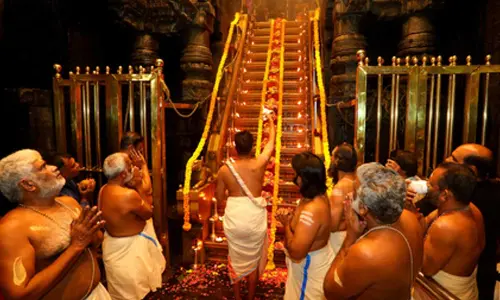India’s pusillanimity

India’s pusillanimity, The conspicuous absence of India’s near Intercontinental Ballistic Missile (ICBM) at the Republic Day parade raises many strategic questions.
The conspicuous absence of India’s near Intercontinental Ballistic Missile (ICBM) at the Republic Day parade raises many strategic questions. This nuclear capable Agni missile was a highlight of the Republic Day parade in the past many years. This missile was missing this time as the United States President Barack Obama witnessed India’s military might and cultural diversity in display. The absence of indigenously made missiles at a demonstration of military strength cannot be an act of simple omission. In fact, many of the Russian made and other imported military hardware was part of the display. Thus, the absence of Agni has many implications for India’s strategic and foreign policy. The chequered history of the Indian missile programme, especially Agni missile development, justifies such fears. India embarked upon the Integrated Guided Missile Development Programme to boost its indigenous military capability. As part of this programme, five missiles were developed - Agni, Prithvi, Akash, Trishul and Nag.
The Agni is a near ICBM with a range of approximately 8000 km. It can hit the targets as far as Europe and Australia.
Besides, it is capable of carrying nuclear warheads. The Agni missile is therefore part of India’s quest for a minimum credible nuclear deterrence.
India has already demonstrated its capability to go nuclear. It refuses to sign the Nuclear Non-Proliferation Treaty (NPT) as it believes this to be a discriminatory treaty aiming at perpetuating the nuclear apartheid. But, at the same time India did not indulge in proliferation of this technology. On the other hand, it remained committed to nuclear no-first use and peaceful uses of nuclear energy. The United States is opposed to India’s defiance of this nuclear hegemony. Despite international sanctions at the behest of United States, India steadfastly stood firm in its committed nuclear policy. The United States and the elite nuclear suppliers group were compelled to concede India the status of ‘responsible state with advanced nuclear technology’ through the nuclear deal. However, the US pressurised India to abandon its Agni programme. It unilaterally imposed sanctions on India’s coveted GSLV programmes especially on the cryogenic technology used in it.
The US contention was that India would use this dual use technology for production of Agni. ISRO had an understanding with the Glavcosmos of Russia for the transfer of cryogenic engines and technology. The US imposed sanctions on both these institutions under the Missile Technology Control Regime (MTCR). Though Russia is a signatory to the MTCR, India has not agreed to this treaty. Such unilateral sanctions by US were intended to cap India’s missile programme and its self-reliance.
Given this history of strategic relations, the absence of Agni in India’s Republic Day parade reflects our pusillanimity in strategic arena. It deeply erodes country’s strategic autonomy. India has a long tradition of independent nuclear, strategic and foreign policy. This should be preserved at any cost.















